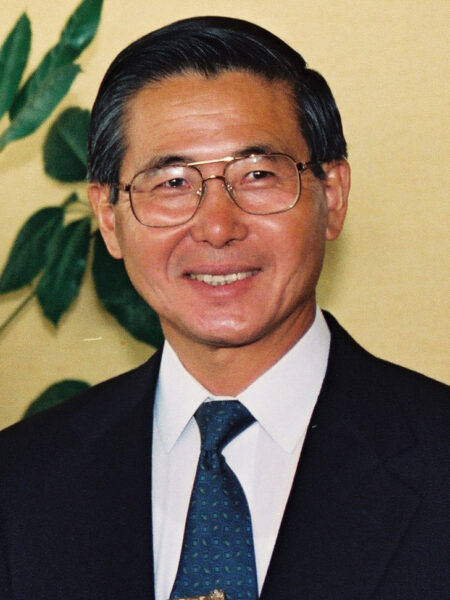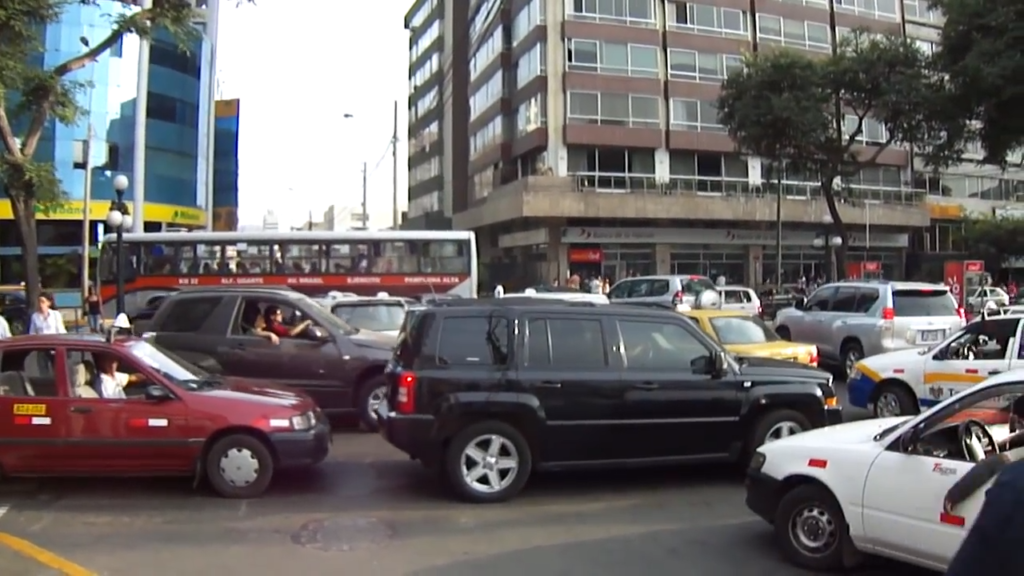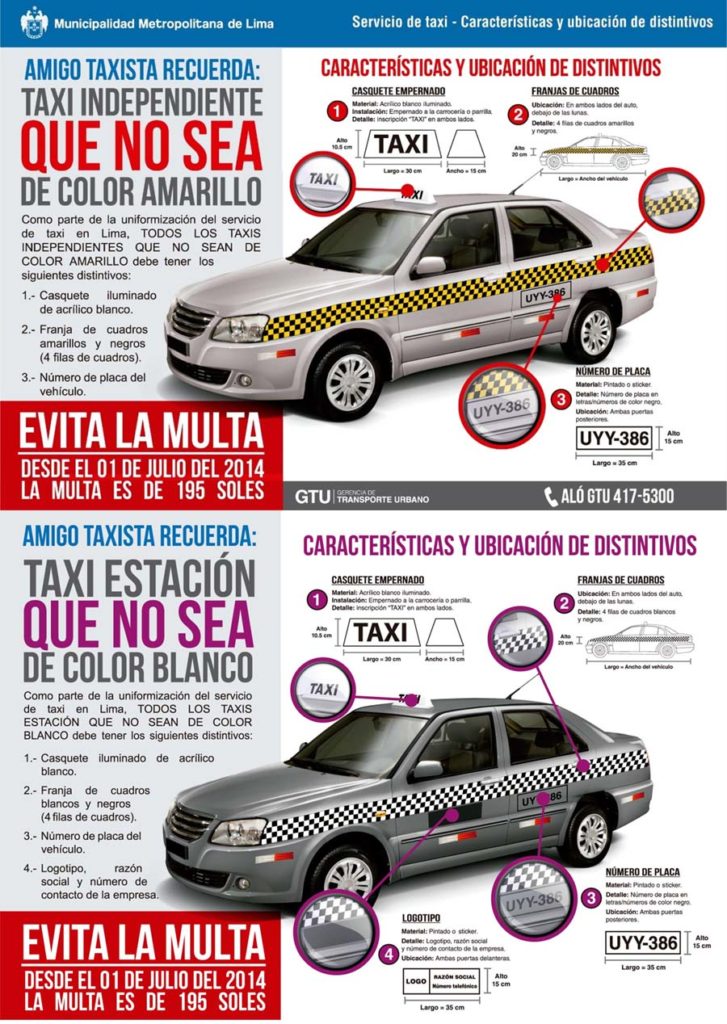I don’t know how the “rules” of Lima driving came to be but I can provide some explanation of what gave rise to the traffic (beyond having 11,000 people per square kilometer). For that, we need to take a look at some of the history of Perú over the past 40 or 50 years beginning in the late sixties when Abimael Guzmán founded a fringe movement that grew into a major guerrilla force – the Sendero Luminoso or, as we might remember it in the U S, the Shining Path.
By the 1970s, the entrenched economic inequality and anti-democratic traditions that favored a sort of post-colonial aristocracy populated almost entirely by people of Spanish descent led to the rise of a significant number of leftist revolutionary movements across all of South America. (Recall what was happening, for example, in Paraguay and Operation Condor.) Peru’s situation was a bit different because its rebellions weren’t a simple binary attempt to oust the government. The left leaning Tupac Amaru Revolutionary Movement (MRTA) opposed not only the government but the Shining Path as well.
The brutal three-way civil war that began in May 1980 stretched across the ensuing decade with both sides guilty of wartime atrocities. Some reports say as many as 70,000 Peruvians died as a direct result of the war. Accompanying the military chaos, rampant terrorism, and unsound fiscal policies, the late eighties also saw Perú undergo a period of stagflation that triggered a brief period of hyperinflation. The latter began in July 1990 and saw commodity prices double every 13 days.
On 10 June, Alberto Fujimori had been elected prime minister after defeating the conservative candidate Mario Vargas Llosa.

[Photo of Fujimori from Wikipedia By © European Union, CC BY 4.0.]
Fujimori had run a populist campaign based on promises he likely knew he couldn’t keep and that explicitly opposed the austerity measures Vargas Llosa had proposed in his campaign. Two weeks after he took office, in what became known as “Fujishock” Fujimori bludgeoned Perú with a series of austerity measures even more severe than those Vargas Llosa had proposed.
One outgrowth of the economic austerity plan was the introduction of the nuevo sol which on 1 July 1991 replaced the old currency called the inti. People needed 1,000,000 intis to buy a single sol. Slowly, the economy stabilized and as it did Fujimori sought ways to provide evidence of a burgeoning prosperity – one of which aimed not at putting a chicken in every pot but rather a car in every garage.
Unable to generate much interest from American or European automakers, Fujimori struck a number of deals with South Korean manufacturers after visiting Seoul in 1993. Everyone in Perú wanted a car and cheap Korean vehicles began flooding the market. Centered on the capital, Lima’s unprepared streets filled with Daewoo and Hyundai cars and trucks. A quarter century later, chaos still reigns.
A public service announcement.
I’m going to end this post with a travel tip that’s applicable in 2019 (and probably for the foreseeable future) and is at least tangentially related to Lima traffic. If you look at the photo above (also taken on my return to the city), you can clearly see four taxis. If you enlarge it and look closely, I think you’ll see seven.
Taxis are ubiquitous in Lima – more ubiquitous than they probably should be. Recall that Lima has a slightly larger population than New York City. With a population of 8,100,000, London is in the same general range. According to 2018 statistics, New York had 13,600 medallion taxis supplemented by an estimated 90,000 additional cars for hire such as Uber and Lyft or a bit more than 103,000 such vehicles. The numbers for London are similar with 21,000 hackney carriages and 88,000 private hire vehicles. If you combine the total for both these cities (212,000), you will be at the low end of the estimated number of taxis alone in Lima. This comes without accounting for options such as Uber. The smallest estimate I found was 211,000 while the largest was 330,000. About 120,000 are “official and registered.” As you might imagine, competition is stiff. So, here are some taxi rules to follow (effective as of 2019) if you make your way to Lima.
Try to use only registered taxis. Use this as an identification guide:
[Source: Educacionred.pe]
An authorization from Setame the regulatory administrative body should be visible somewhere in or on the taxi. Some drivers have an official identification proving their registration with Setame. If you ask to see it and the driver refuses to show it, you might want to find another cab.
Lima taxis are not metered. Negotiate and settle on a price before you get into the cab. Repeat the price to ensure that both you and the driver agree and that the price is in soles. (Some unscrupulous drivers will claim the agreed price was in dollars. This would triple the fare at current exchange rates.) In general, the driver’s starting offer should be no more than 2 to 2.5 soles per kilometer. If it’s more than that, find another cab.
Don’t pay the fare until you’ve reached your destination. If the driver asks for payment in advance, find another cab.
Do your homework. Try to know approximate distances or ask at your hotel what a reasonable fare should be to get from point A to point B. Ask if this is a local rate or a tourist rate. Tourists who haven’t done their homework typically pay 30-50 percent more than locals (10-20 percent more if you’re fluent in Spanish). Think of this as the way the system works. Don’t look at it as a ripoff. If you haven’t done your homework, you might pay three to four times what a local would pay.
As it is in many cities, expect fares to be higher during rush hour and on Sundays and public holidays.
Do your best to make certain the driver knows how to reach your destination. Unlike their London counterparts, Lima cab drivers do not have to pass “The Knowledge.” If he seems at all unsure, find another cab.
If there’s some aspect of the cab or the driver that makes you uneasy, find another cab.
Given the number of available taxis it’s generally easy to find another cab.
Finally.
The title of today’s post is from the classic Pete Seeger song inspired by the Miraflores district of Lima. Roughly translated, Miraflores can mean ‘look at the flowers’ but since I didn’t find the district particularly floral, I thought of this song. For nostalgia’s sake:.
In the next post, I’ll cover a bit of Lima’s older history, take you with us on our short walk from Plaza San Martín to the Plaza de Armas de Lima and share my first local taste of pollo a la brasa.

